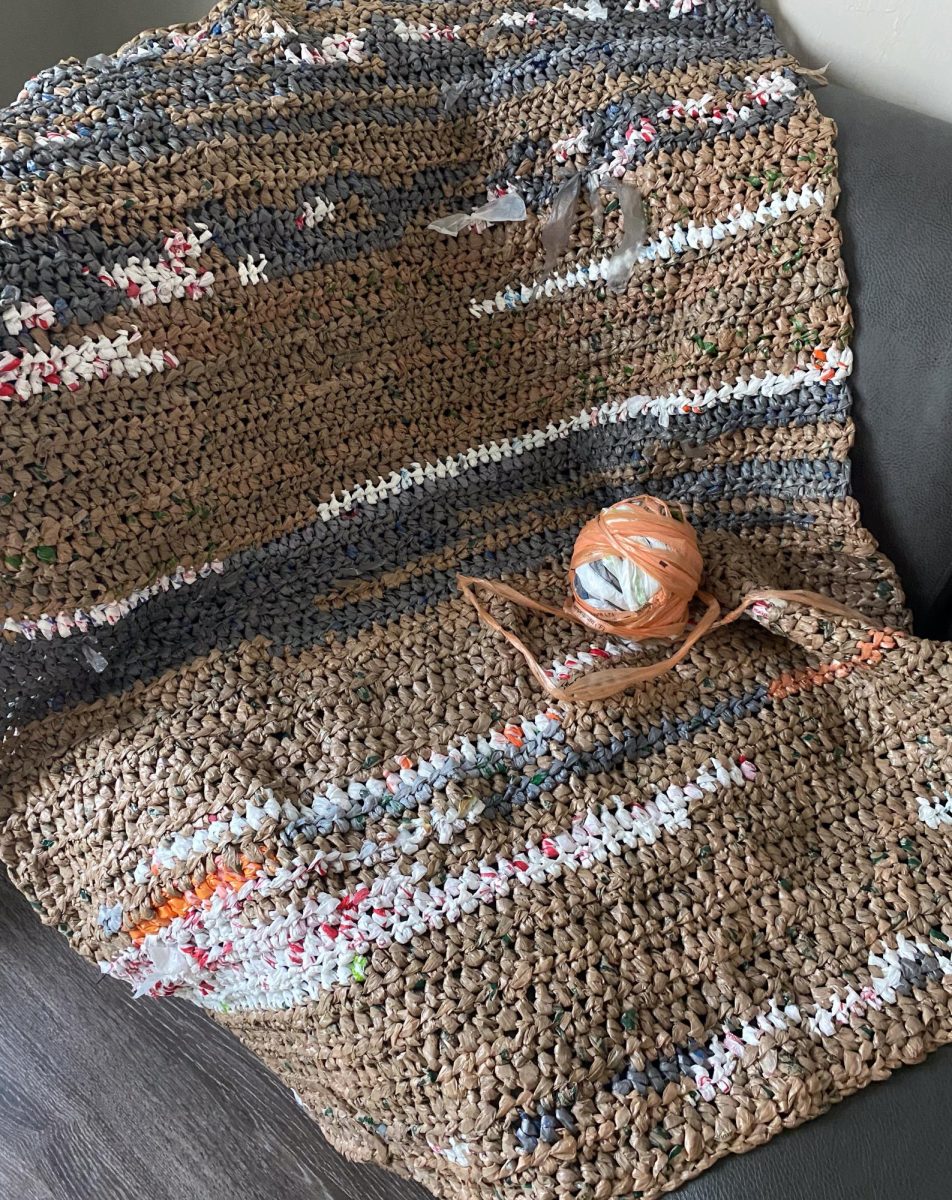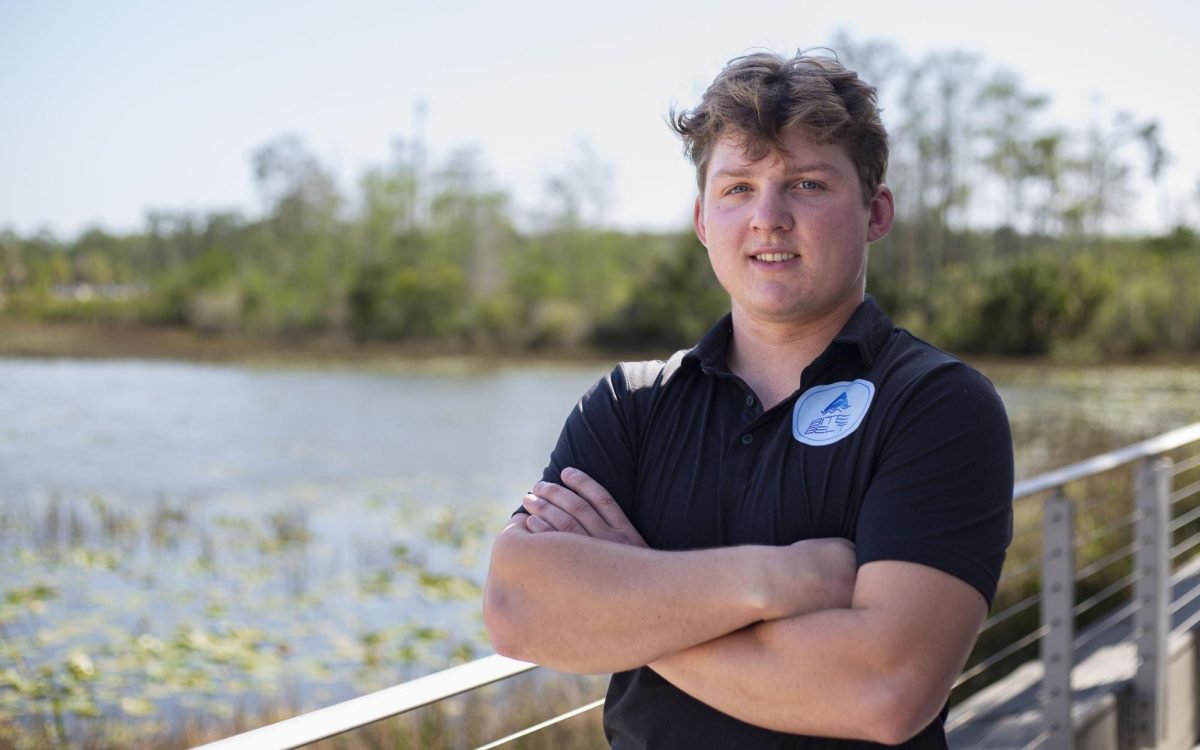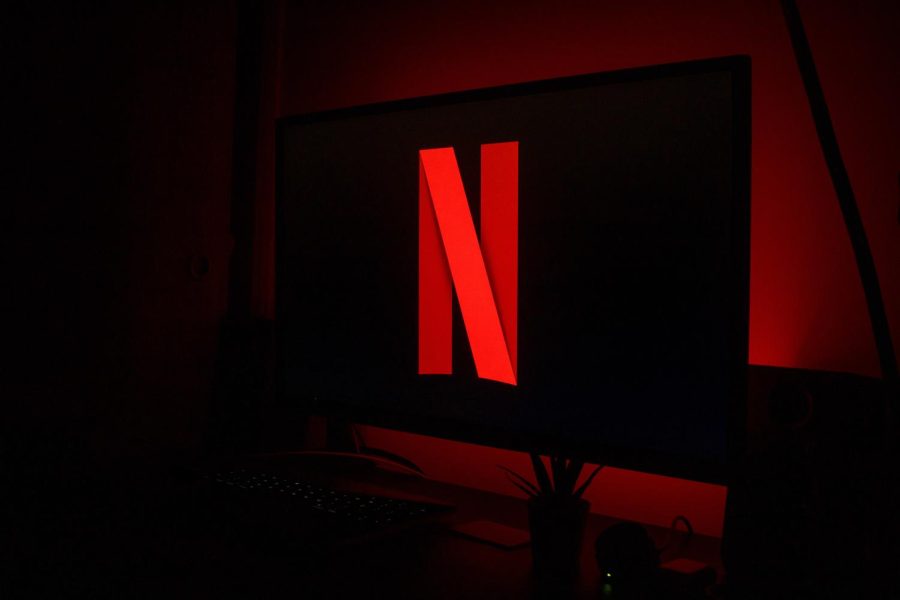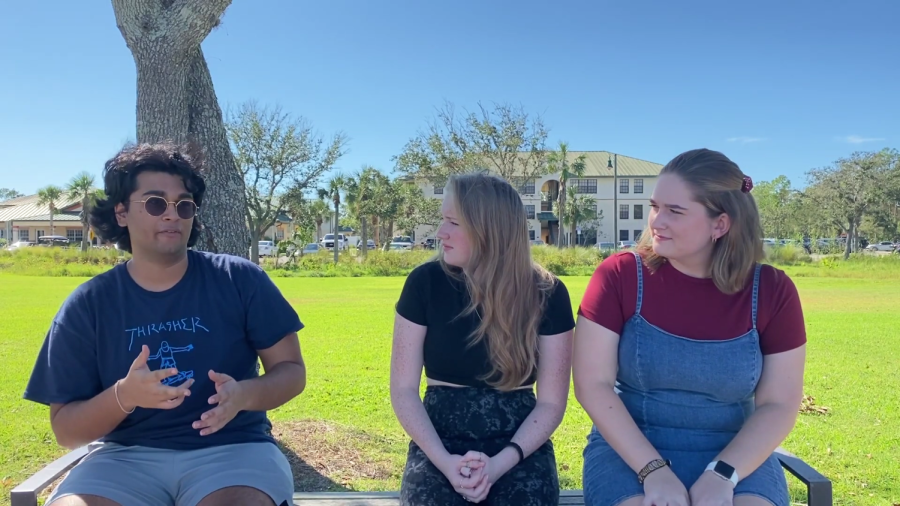One of the most depressive book series for kids, “Lemony Snicket’s A Series of Unfortunate Events,” has gone through a tumultuous past of poor adaptations. “Tumultuous,” is a word which here means “confusing” or “disorderly.”
However, as it often does, Netflix breathed new life into this classic series.
While stunningly popular children’s series like “Harry Potter” had an immediate claim to success with a cinematic adaptation, “A Series of Unfortunate Events” had – for lack of a better word—an unfortunate run with Nickelodeon’s 2004 big-screen adaptation starring Jim Carrey.
Screenwriter Robert Gordon rewrote the original screenplay by Daniel Handler (Lemony Snicket) due to over-budget concerns. Handler was understandably bitter.
Not only was Handler snubbed from the creative process, but the movie’s brief and lackluster approach to only three of the series’ 12 books left fans feeling betrayed and longing for more.
It’s taken about a decade, but with Netflix’s massive budget and creative collaboration with Handler as an executive producer, they teamed up with the author and Paramount Television to create a TV series that stays true to the books –‑ almost to a fault — but is satisfyingly acute to detail nonetheless.
For those who aren’t familiar with it, the story follows the lives of the Baudelaire orphans Klaus, Sunny and Violet whose parents perish in a mysterious house fire and are flung into the care of various distant relatives, always being pursued by Count Olaf in hopes of snatching their parents’ enormous fortune.
Season one of the Netflix adaptation covers the first four books in eight episodes; each book is assigned two hour-long episodes.
The show was also picked up for a second season, which will cover books five through nine, and a third season is expected to finish off the rest.
Technicalities aside, what makes this adaptation so great are its aesthetics, which stays true to the books’ gloomy overcast aura.
Set design mirrors the overall looming depressive state of the series’ theme; an oxymoron I would use to describe the aesthetic is whimsically melancholic.
The houses, vehicles and infrastructure mirror early 20th century American culture, but there are some references and pieces of dialogue that make the time of the events unclear.
Patrick Warburton’s portrayal of Snicket as a fourth wall-breaking narrative element is a bold choice, adding context and banter in a fun and charming way.
In one instance during the pilot episode, the Baudelaire children are skipping rocks at Briny Beach. When Violet is successful in skipping the perfect stone, she asks Klaus a question.
“What’s that thing James Brown said?” Violet asked.
Klaus answers with the classic lyric “I got something that makes me want to shout,” and Snicket chimes in from his lifeguard post in the background with “I’ve got something that tells me what it’s all about.”
My only qualm with the adaptation is that casting seems slightly off — and not in the Social justice-y “Hamilton” kind of way.
Mr. Poe, the banker played by K. Todd Freeman, was typically portrayed in the books as a portly man in the books. Yet, Mr. Poe in the Netflix series is a slim black man.
They got the coughing right though. In fact, the scenes Mr. Poe is in seem upstaged by his awful coughing fits. This is true to the books, but perhaps not good for visual mediums.
Neil Patrick Harris in the leading antagonistic roll of Count Olaf highlighted another casting flaw.
This might be an unpopular opinion, but I found Harris’ physical stature too meek and non-threatening. Count Olaf always seemed towering and monstrous like a rickety abandoned lighthouse in the books, and Harris didn’t grow into that character. Menacing? Perhaps, but he was more comic relief than genuinely terrifying.
The secret organization VFD is in the sub plot of every episode, always watching out for the orphans.
Introducing the spyglass so early brought me away from the mystery of the organization, but the presence of a force for good in the storyline made the grim events less miserable for the viewer.
Even though VFD isn’t revealed until much later in the books, it creates a hopeful spur of mystery between the scenes of the Baudelaire children trying to escape the grip of Count Olaf.
The Netflix adaptation plays the roll of a love letter to Snicket’s fans. It’s witty, receptive to detail and captivatingly suspenseful.
Although there were some episodes I felt I was only watching out of obligation as a fan, the show is a cinematic gem on its own and, I suspect, a crown jewel in the lineup of the best shows of 2017.









































